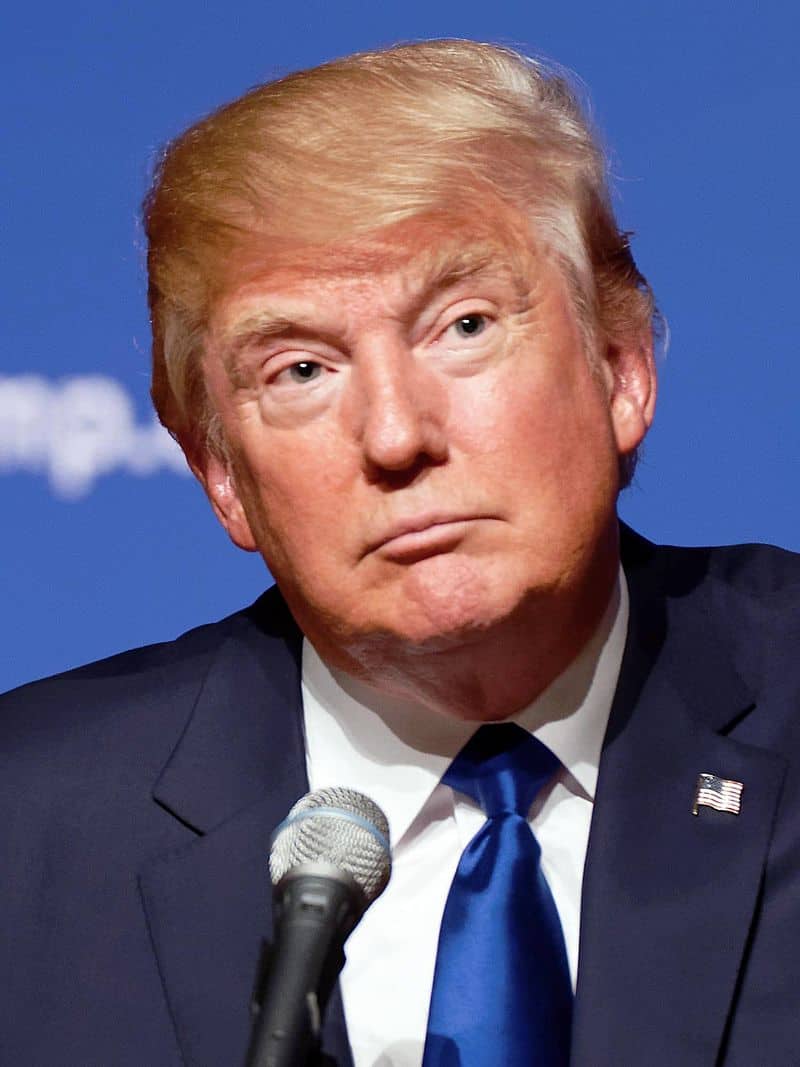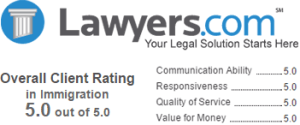On January 20, 2025, President Trump issued a number of Executive Orders regarding Immigration: 
The Trump Administration has released it’s first set of priorities, among them, the “Make America Safe Again,” which include immigration-related priorities. Among these are, reinstating Remain in Mexico policies and deportation operations, among others.
Signing of this executive order allows President Trump to deploy the U.S. military to the U.S. – Mexico border, create additional physical barriers, and revokes Proclamation 10142, which revoked fund diverted to border wall construction, among other actions.
The order attempts to deny birthright citizenship to any child whose father was “not a United States citizen or lawful permanent resident” at the time of birth, and whose mother was either “unlawfully present in the United States” or present lawfully but temporarily — as in “visiting the United States under the auspices of the Visa Waiver Program or … on a student, work, or tourist visa.”
If Trump’s order stands, it wouldn’t retroactively affect current U.S. citizens — only children born after February 19, 2025.
On January 21, 18 states sued President Trump, saying he can’t legally revoke a right written into the Constitution.
This executive order, among other actions, orders that within 14 days of the date of this order, the Attorney General and the Secretary of DHS shall take all appropriate action, in consultation with the Secretary of State, to make operational preparations regarding implementation.
Client Reviews

If You Want the Best Result Possible
“Mr. Shusterman and his law firm have represented both me personally and the nonprofit organization that I am associated with. The cases have ranged from the simple to the complex and contentious. Each case has been successfully completed. It is very simple – if you want the best result possible, then select Carl Shusterman.”
- Richard B. Knapp, Chicago, Illinois
Read More Reviews
Zoom Consultations Available!
This executive order identifies asylum seekers seeking entry at the southern border as an “invasion” against which the states need “protection.” With it, the president gives himself powers in Article II of the Constitution of the U.S. to suspend physical entry until he determines that the “invasion” has ended.
This executive order requires the Secretary of State to issue guidance bringing the Department of State’s policies, programs, personnel, and operations in line with an America First foreign policy.
This executive order calls for a number of Department of Homeland Security (DHS) and Department of Defense (DOD) measures, including physical barriers; increased border personnel; expanded detention; Remain in Mexico policies; ceasing use of CBP One; terminating parole programs; DNA and ID requirements; increased prosecutions of border-related crimes; and more.
This executive order calls on the Department of Defense (DOD) to assign USNORTHCOM the mission of sealing United States borders by repelling unlawful mass migration, narcotics trafficking, human smuggling and trafficking, and other criminal activities. Among other things, it also calls on USNORTHCOM to provide steady-state southern border security.
This executive order, among other actions, suspends the U.S. Refugee Assistance Program (USRAP) effective at 12:01 am eastern standard time on January 27, 2025.
Among other actions, this executive order calls on the U.S. Trade Representative to commence public consultations ahead of the 2026 review of the U.S.-Mexico-Canada Agreement (USMCA) and assess the impact of the USMCA on American workers, farmers, ranchers, service providers, and other businesses.
President Trump signed an executive order to further enhance the vetting and screening processes across agencies all relevant federal agencies for purposes of visa issuance.
President Trump issued an executive order (EO) rescinding various EOs issued by the prior administration, including EO 13993, Revision of Civil Immigration Enforcement Policies and Priorities, among others.
This executive order revokes Biden proclamations on enforcement, border processing, and family reunification, among others, and further calls for actions related to interior enforcement, removal, expedited removal, detention, NGO funding, federal-state agreements, civil fines, visa bonds, public benefits, etc.
This proclamations aims to revert policies on gender identity on all aspects of the government, which allowed an individual to choose gender identity on all government issued documents including passports, visas, and Global Entry cards.








